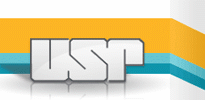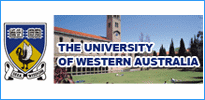Bahrain: Bahrain Education Profile
2015/09/03
Education System in Bahrain
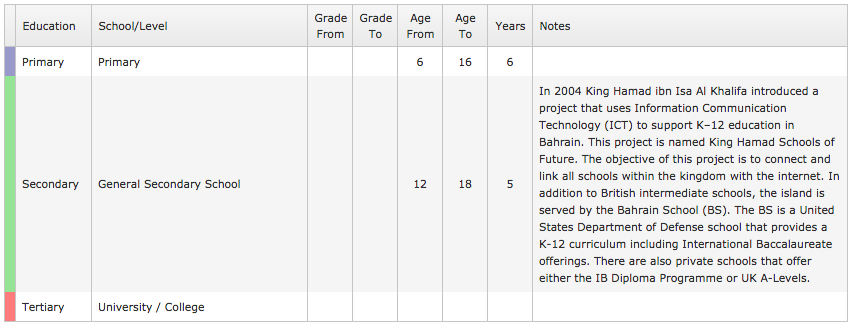
Primary Education
Education in the Gulf National island of Bahrain is free, and has recently been declared compulsory too. The government adheres to a three-phase model, which begins with 6 years at primary school. Here a general academic curriculum has been adopted, together with a religious instruction program that continues for 9 years.
Middle Education
The 3 years at intermediate school complete the standardized academic program which all students are required to follow. The drop-out rate from primary school is nearly 25%, despite the fact that educational supplies, uniforms, transportation and even meals are free.
Secondary Education
Students have 3 choices at the same time as they enter secondary school for 3 years. These include engaging in general, commercial or industrial programs. Education continues to be totally free. Despite this, just 40% of primary school pupils enter this phase, with girls far worse affected.
Vocational Education
The Bahrain government is fully committed to ongoing adult education, and has established additional than 50 adult education centers where almost any skill may be acquired.
Tertiary Education
The two leading tertiary institutions are the Bahrain Polytechnic which aims to shape a modern, more inclusive culture where Islam and Science may be blended, and the University of Bahrain. Several recent private colleges have introduced lower standards, which are being countered by a system of quality control.
The University established in 1986 as a joint venture among Gulf States and illustrated here, remains the largest educator in the region, with schools of arts, information technology, sciences, engineering, medicine and English language.
Vision 2030, the guiding document of Bahrain’s economic future, demands a strong emphasis on human capital. As such the education sector is an area of focus for the government and the Ministry of Education, along with the Economic Development Board (EDB), is aiming to develop an internationally competitive education system. Under the National Education Reform Initiative (NERI), a multi-phase plan to overhaul the system, progress is already under way. In 2008 the Bahrain Teachers College, viewed as an integral part Vision 2030; Bahrain Polytechnic, the first institution of its kind in the Gulf with a focus on business, administration and engineering; and the Quality Assurance Association (QAA) were established.
Bahrain Credentials
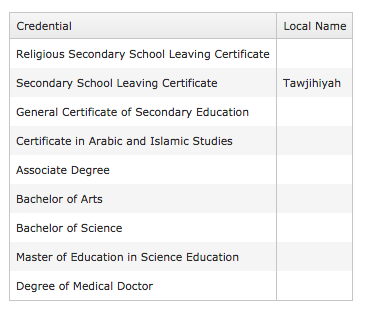
Universities in Bahrain
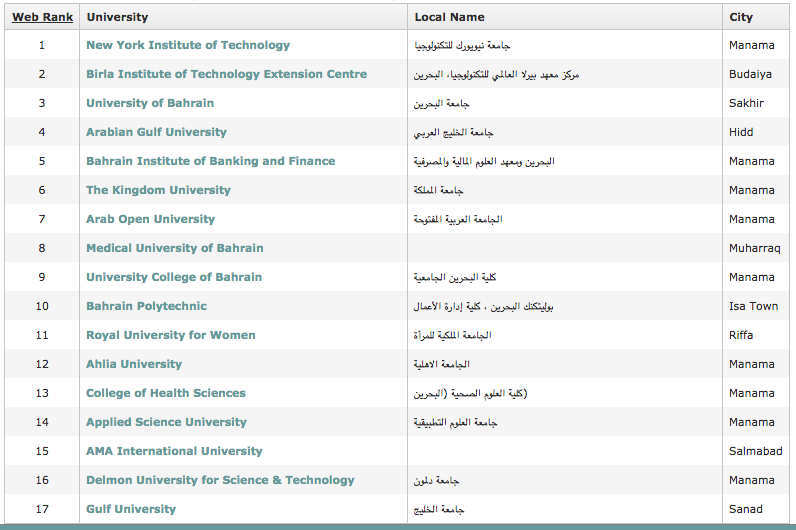
- Bahrain News
-
- BAHRAIN: Aluminium Bahrain’s Line 6 Expansion Achieves 25 Percent Completion
- AFGHANISTAN: UNWTO: International tourism – strongest half-year results since 2010
- BAHRAIN: IMF urges Bahrain to implement further fiscal reforms
- BAHRAIN: Bahrain inks deal to develop solar power policies
- BAHRAIN: Bahrain's GFH acquires $1.2bn land bank
- BAHRAIN: Bahrain issues new rules to encourage fintech growth
- Trending Articles
-
- CHINA: The downsides to Singapore’s education system: streaming, stress and suicides
- JAPAN: Carmakers face billions in European CO2 fines from 2021
- PAKISTAN: Nawaz Sharif to become PML-N chief again?
- CHINA: China embraces smart factory technology in manufacturing arms race with Germany, Japan
- WORLD: Five reasons why global stock markets are surging
- WORLD: Growing risk of 'debt trap' if interest rates stay low



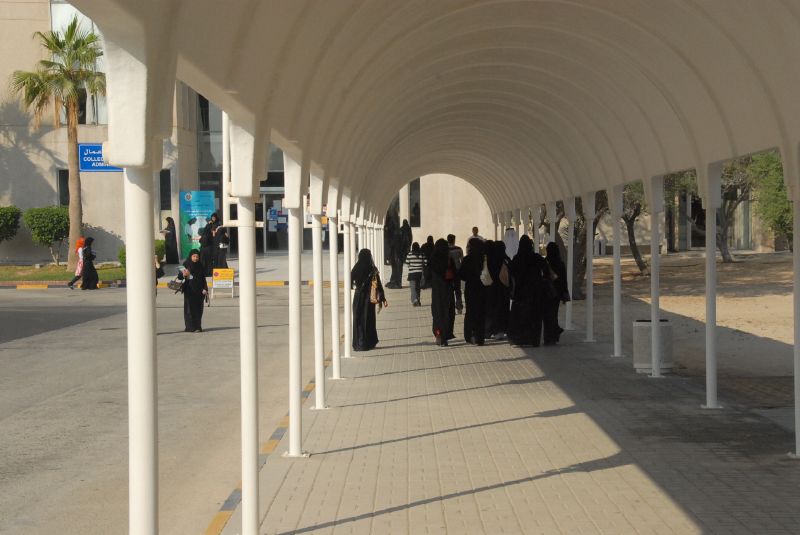


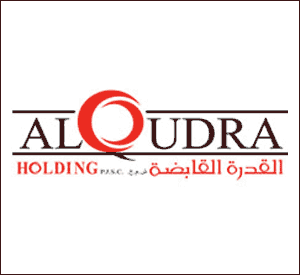
.gif?1338940414)


